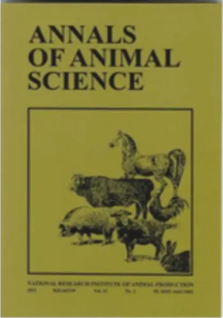Document type : Master of Science in Bioengineering thesis, University of Porto, Faculty of Engineering.
Author: Maria Francisca Pessanha de Meneses Ribeiro dos Reis
Preview: Recognition of pain in equines is essential for their welfare. However, since there is no verbal communication, this assessment depends solely on the ability of the observer to locate visible signs of pain. The use of grimace scales is proven to be efficient in detecting pain but is time-consuming. Also, it depends on the level of training of the annotators and, therefore, validity is not easily ensured. So, there is a clear advantage to automating this pain assessment process. This work provides a system for pain prediction in horses, based on grimace scales. The pipeline automatically determines the quantitative pose of the horse head and finds landmarks on horse faces before classification. Considering the scarcity of animal faces datasets, already widely available for humans, a data augmentation method is proposed, focusing on generating realistic 3D models based on 2D annotated images. Additionally, a pain estimation model is introduced, assessing the pain score for each facial region-of-interest. In general, the data augmentation method improved the performance of both quantitative pose estimator and landmark detector, showing the potential of this methodology for data augmentation in diverse datasets. The pain estimation system overcame the baseline (a majority vote classifier), but the unbalanced in the pain levels represented in the dataset will have a high impact on the results.





